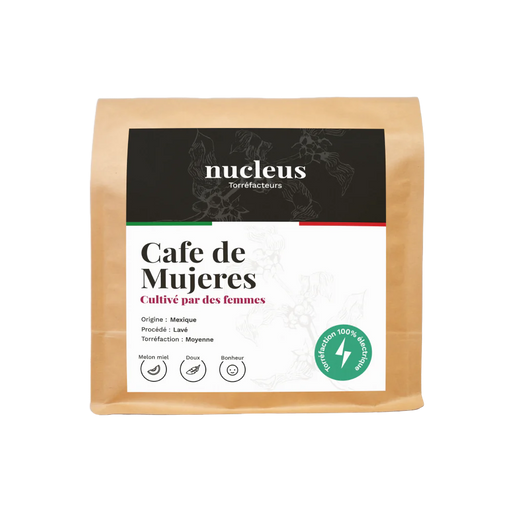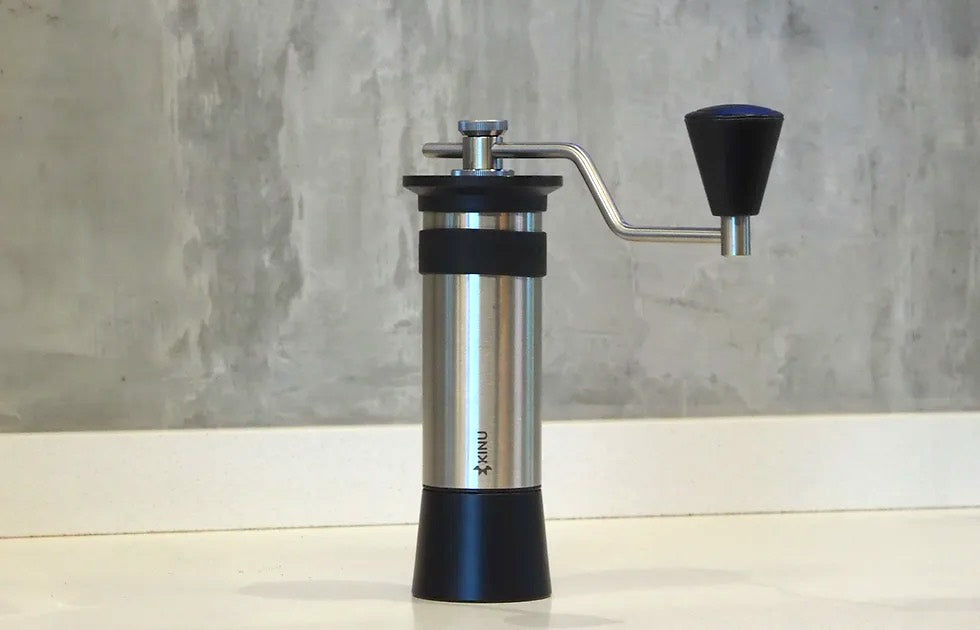If you're a coffee lover, chances are you've heard of terms like natural processed, washed, or honey-processed coffees - but what do these terms actually mean? Different processing methods can result in coffee with different flavor profiles, so it's worth understanding the basics of coffee processing before you buy your next bag of beans. Here's a quick guide to the most common processing methods.
What are the basics of coffee processing?
The basic of coffee processing starts from the seed. Coffee trees take 3 to 4 years to bear fruit, known as coffee cherries, which are harvested once they turn bright red or yellow in some varieties. The harvesting process varies by location: it's mainly manual in regions with difficult terrains but mechanized in areas like Brazil with flatter landscapes. Harvest methods include strip picking, where all cherries are harvested at once, and selective picking, where only ripe cherries are picked by hand, a method that ensures higher quality.
After harvest, cherries are processed either by the dry method, where they are sun-dried, or the wet method, which involves removing the pulp and fermenting the beans before drying. The beans are then milled, involving hulling, optional polishing, grading, and sorting to ensure only the best quality beans are exported. This extensive process from planting to exporting is crucial for maintaining the high-quality standard of coffee beans in the global market. After this, the coffee is bagged and exported
Coffee Processing
The initial stage of coffee processing involves selectively harvesting coffee cherries at peak ripeness. The cherries then undergo one of three primary processing methods. The natural process involves drying the cherries intact with their pulp and skin, creating a distinct fruity flavor. The washed process involves removing the pulp before washing the coffee beans, resulting in a cleaner and brighter flavor. The honey process falls in between the natural and washed methods, with some pulp remaining on the bean during drying, creating a sweeter and heavier body in the coffee.
Natural Processed Coffees
The natural process is the oldest and most traditional way to process coffee. It's also the simplest method since it doesn't require any machinery or water. This process is sometimes called dry process coffee. The downside to natural processed coffees is that they can be more difficult to produce consistently since they rely on good weather conditions for drying.
In order to create natural processed coffee, a straightforward method is implemented whereby the coffee cherries are left to dry out under the sun until they attain the ideal moisture level. During this period, the cherries undergo a significant reduction in their water content and shrink in size. Once they attain the required moisture level, the dried cherries are subjected to hulling, a process that removes the outer layer of the fruit, revealing the green bean inside.
When coffee cherries are dried with exposure to the elements, the resulting coffee often possesses a distinct fruity flavor profile. Nevertheless, this method carries a potential risk of fermentation, which can result in a more acidic taste. Despite this potential pitfall, many aficionados of coffee enjoy the vibrant and zesty taste that is often associated with this type of processing.
Washed Processed Coffees
The wet process, also called washed coffee, is the second most prevalent processing method. Originating in Ethiopia during the 1930s, this technique uses water to separate the coffee beans from the pulp.
In order to generate washed coffees, the coffee beans are immersed in water-filled tanks for a period ranging from 12 to 36 hours. This step effectively eliminates any remaining fruit residue, along with all pulp traces. Subsequently, the coffee cherries undergo a de-pulping procedure, which effectively removes the skin and flesh from the fruit, leaving behind solely the green bean.
After washing, the beans are placed on raised beds or tables where they're formed into thin layers and left to dry in the sun for around two weeks. Once they're dry, they're sorted before going to roast. Washed coffees tend to have a cleaner taste than natural coffees, with less of the fruity flavors that can come from fermentation during drying.
Honey Processed Coffees
The honey process is a variation on the natural process that was developed relatively recently (in the 1970s) in Costa Rica. In this method, only part of the fruit surrounding the bean is removed before drying; This allows some of the sugar from the fruit to be absorbed by the bean, resulting in a sweeter taste.
To produce honey processed coffees, the coffee cherries go through a de-pulping machine like with washed coffees. However, instead of being removed completely, some of the mucilage (sticky substance) from the fruit remains on the bean. The beans are then placed on spread into thin layers and left to dry in the sun for around two weeks. Once they're dry, they're hulled and sorted before going to roast!
Honey processed coffees fall somewhere in between natural and washed coffees in terms of complexity. This means that honey processed coffees still have some sweetness and body from the fruit even after roasting.
If you want to try out some of these coffees and have them delivered to your door, check out our ethical coffee!

Other less common processes
Anaerobic fermentation
Anaerobic processing is a newer method that's becoming increasingly popular among specialty roasters. This method involves sealing freshly picked coffee cherries in an oxygen-free environment (usually bags or barrels) where they undergo fermentation for around before being hulled and dried.
The anaerobic environment encourages bacteria growth, which breaks down sugars in the coffee cherries and creates unique flavors not found in other processing methods.
Carbonic maceration
Carbonic maceration is yet another specialized processing method used to produce certain types of specialty coffee (mostly found in Central America). This method involves placing newly picked coffee cherries into sealed containers filled with carbon dioxide. The lack of oxygen encourages bacterial growth similar to anaerobic fermentation, carbonic maceration produces different flavors—usually fruity or floral notes not found in other types of coffee.
Wet hulling
The wet hulling process is most commonly used in Indonesia. In this process, Coffee cherries are de-hulled (had their hull/outer layer removed) while they are still wet before being dried Coffee processed using this method often has earthy flavors.
As you can see, there's a lot that goes into your morning cup of joe—more than you might have realized! Different processing methods can result in vastly different flavors. Whether you like your coffee fruity or earthy, there's a processing method out there that's sure to suit your tastes. Next time you're picking up a new bag of beans at your local roaster, take a moment to check out how those beans were processed—you might just find your new favorite cup of joe!












Comments
There are no comments.
Your comment